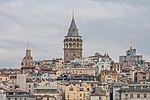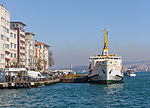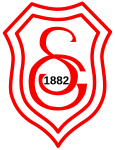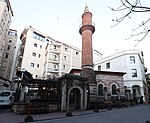Karaköy
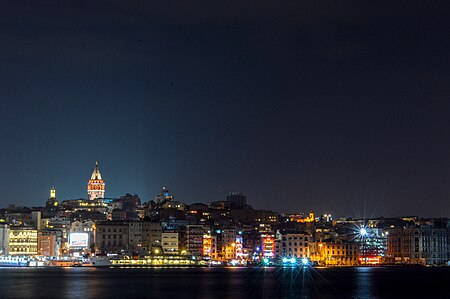
Karaköy ("Black Village" in Turkish), the modern name for ancient Galata, is a commercial quarter in the Beyoğlu district of Istanbul, Turkey, located at the northern part of the Golden Horn mouth on the European side of Bosphorus. Karaköy is one of the oldest and most historic districts of the city, and is today an important commercial center and transport hub. The location is connected with the surrounding neighborhoods through streets originating from Karaköy Square. The Galata Bridge links Karaköy to Eminönü in the southwest, Tersane Street to Azapkapı in the west, Voyvoda Street to Şişhane in the northwest, the steeply sloping Yüksek Kaldırım Street to Beyoğlu in the north, Kemeraltı Street and Necatibey Street to Tophane in the northeast. The commercial quarter, which was originally the meeting place for banks and insurance companies in the 19th century, is today also home to mechanical, electrical, plumbing and electronic parts suppliers.
Excerpt from the Wikipedia article Karaköy (License: CC BY-SA 3.0, Authors, Images).Karaköy
Tersane Caddesi,
Geographical coordinates (GPS) Address Nearby Places Show on map
Geographical coordinates (GPS)
| Latitude | Longitude |
|---|---|
| N 41.022777777778 ° | E 28.975 ° |
Address
Tersane Caddesi
Tersane Caddesi
34421 (Arap Cami Mahallesi)
Türkiye
Open on Google Maps

